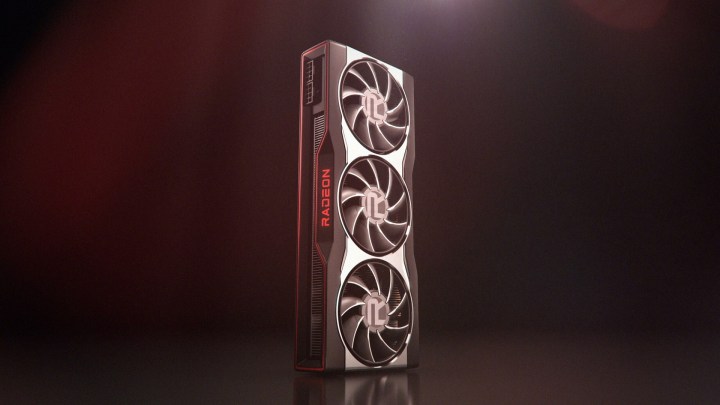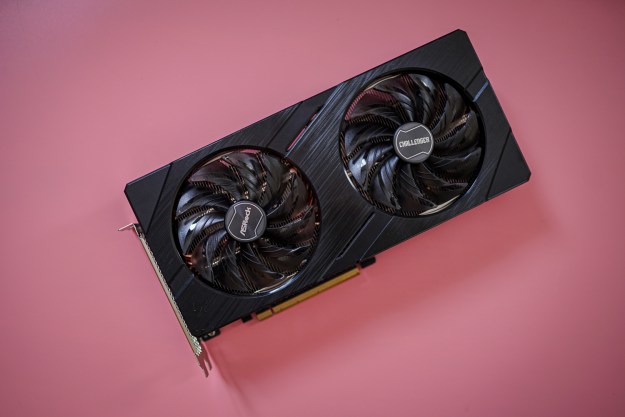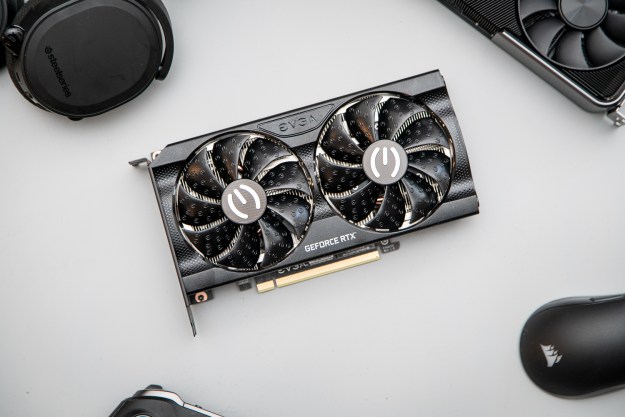With the GPU industry stabilizing after two years of shortages and inflated costs, prices for graphics cards are finally approaching their manufacturer’s suggested retail prices (MSRPs).
In some cases, though, certain boards are now available for a price that is below their recommended retail price tags. Case in point: The AMD Radeon 6900XT Gaming OC model can now be purchased for $50 below the official MSRP.

As reported by Tom’s Hardware, the Gigabyte RX 6900XT Gaming OC is currently being sold by U.S. online retailer Newegg for $949. That’s a $50 drop from AMD’s $999 MSRP for this specific range of video cards.
Interestingly, though, Newegg has actually listed a $50 rebate on top of the price reduction, which means you can pick up a powerful AMD gaming video card for $899. If you read that last sentence before 2022, you’d automatically assume it’s either a scam, defective product, typo, or a flat-out lie.
Since the pandemic began in 2020 that kickstarted the chip shortage, coupled with bottlenecked supply chains, current-gen AMD and Nvidia graphics cards have been almost impossible to buy at MSRP.
In fact, Tom’s Hardware notes that at one point during 2021 average GPU prices were above a staggering $1,000. Even last-gen boards saw scalpers and re-sellers listing them for hundreds of dollars above their original price.
AMD, Nvidia, scalpers, crypto miners, and board partners for Team Green/Team Red all saw their bottom line increasing by a significant margin. Asus even reportedly handed out huge bonuses thanks to the amount of money it was generating from graphics cards.
Cards like the RX 6900XT, regardless of the model, were consistently listed for well above $1,000 on 3rd-party marketplaces, at least throughout 2021. In April, Tom’s Hardware highlighted that this AMD GPU was being offered for an average price of $1,256 on platforms like eBay.
Price drops across the board. But why?
As for the Newegg listing of the Gigabyte RX 6900XT Gaming OC, that $950 price point (without the rebate) is a $300 discount from what is was being sold for in recent months.
So why are online marketplaces aggressively dropping the prices across the board for some of the most popular graphics cards? There are a few reasons to consider.
First, it was already a foregone conclusion that prices will start to normalize around May — a scenario that was previously emphasized by a U.K. retailer.
“I do expect GPU pricing to realign with where the market used to be, given the boom in the market is now coming to an end,” the head of PC components at a leading computing retailer said. “By the end of April, beginning of May, we should start to see things return to a more attractive price.”
Second, you have to remember that it wasn’t just scalpers who were selling GPUs at inflated costs. Retailers — and indeed Nvidia/AMD board partners themselves — generated significant revenue and profits due to the unprecedented demand and shortage.
If consumers were still buying these video cards at a level above their MSRP, you would not be seeing price drops anywhere. Retailers, by all accounts, have seen demand levels return to normal and therefore have plenty of excess stock.

Next-gen is nearly here
Finally, there are only a few months left before the arrival of next-gen GPUs. These products are shaping up to be some of the most exciting pieces of technology that we’ve ever seen, at least where graphics cards are concerned.
Many will simply choose to wait it out before paying nearly $1,000 for any GPU when they can put that money towards an upgraded version.
Here’s where things start to get a bit more interesting and exciting. The current-gen RDNA 2 AMD Radeon RX 6900XT, as mentioned above, retails for $999. However, the next-gen RDNA 3 successor is rumored to offer similar performance levels to the former at a price between $399 and $499.
The cost for current-gen boards will also naturally decline once their successors hit the market, so consumers will be waiting for that state of affairs to materialize as well. Nvidia is even contemplating selling its RTX 30-series alongside the RTX 40 range so finding one won’t be a problem.
All things considered, expect to see AMD and Nvidia graphics cards across the board moving closer to their MSRPs, or even dropping below it, in the near future.
Elsewhere, Tom’s Hardware notes that we should anticipate additional price reductions for GPUs from the Radeon RX 6000-series — the upgraded RX 6×50 RDNA 2 refresh is reportedly set to become available in the coming weeks.
Editors' Recommendations
- Intel may fire the first shots in the next-gen GPU war
- Everything you need to know about buying a GPU in 2024
- 5 GPUs you should buy instead of the RTX 4070
- Why you shouldn’t buy the best GPU of last year
- Nvidia is the ‘GPU cartel,’ says former AMD Radeon manager





